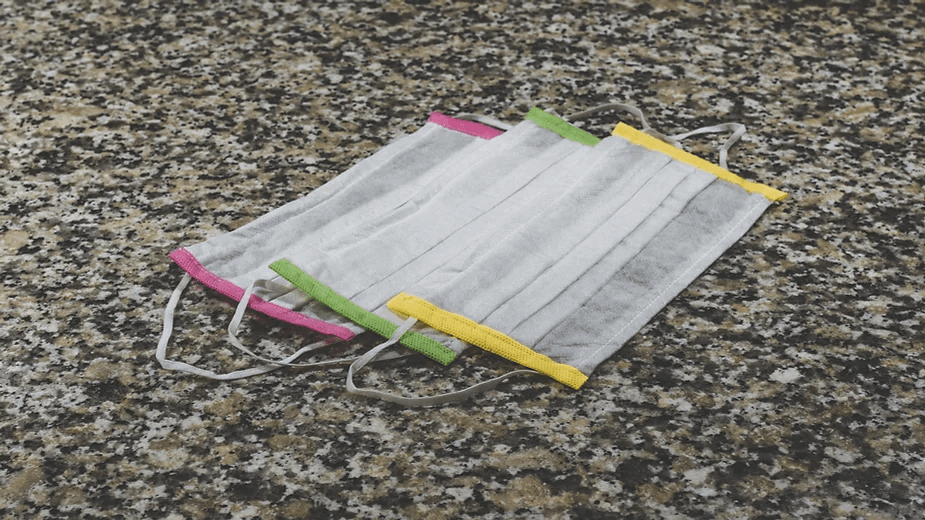
Behind every life saved in the medical industry, there’s the possibility that the earth becomes just a little bit more polluted, a little bit more dangerous, and a little bit more damaged. Health care facilities regularly generate medical waste—materials that could be contaminated by blood, other bodily fluids, or overall infectious substances. Of the medical waste generated, 85% of it is general, but the remaining 15% is hazardous, toxic or radioactive. Some of the places that generate medical waste include hospitals, physicians' offices, dental practices, blood banks, mortuaries, nursing homes, veterinary hospitals, and medical research facilities and laboratories. (United States Environmental Protection Agency, 2016).
Many countries have disposal systems in place to mitigate these facilities’ production of medical waste. If not for these systems, the potential disposal of untreated medical waste could lead to the contamination of drinking, surface, and ground waters (World Health Organization, 2018). As such, some of the options for treatment methods are thermal treatment, steam sterilization, and chemical mechanical systems. Before 1997, however, around 90% of medical waste was incinerated in America. Eventually, the US Environmental Protection Agency (EPA) promoted emission standards for medical waste incinerators in fear of the disastrous effects incineration had on air quality (United States Environmental Protection Agency, 2016).
The EPA no longer has official authority over the production and disposal of medical waste—not since the Medical Waste Tracking Act of 1988 expired in 1991. Nowadays, other agencies enforce regulations on medical waste, including Centers for Disease Control (CDC), Occupational Safety and Health Administration (OSHA), and the U.S. Food and Drug Administration (FDA) (United States Environmental Protection Agency, 2016). Still, these agencies cannot regulate every ounce of ignorance in their nations. For example, a survey done in 2018 found that across four Mayo Clinic locations in the US, single-use plastics made up at least 20% of medical waste generated in US hospitals; 57% of individuals surveyed didn’t know which items they use could be recycles—39% said they either sometimes or never recycled—and the 48% had a “lack of knowledge” about recycling. (Ngo, 2020).
Lack of awareness about medical waste treatment is one of the leading problems associated with healthcare waste disposal. Furthermore, countries outside the US likewise either do not have appropriate regulations, or do not enforce them (World Health Organization, 2018). Government regulation is necessary to the mitigation of medical waste disposal, or else there could be the potential for cataclysmic events in the medical realm grossly overproducing harmful medical waste. What better example than COVID-19, which “led to hospitals creating tens of thousands of metric tons of medical waste from used test kits, syringes, needles, and other objects” (Starkman, 2022).
Beyond just physical, tangible waste, the medical industry furthermore contributes to global warming through carbon emissions. In fact, if healthcare were a country itself, it’d be the fifth highest country to emit greenhouse gasses (Ngo, 2020). Beyond just carbon dioxide, many of the anesthetic gasses used in operating facilities are also greenhouse gasses, such as desflurane, sevoflurane and nitrous oxide. Luckily, some hospitals are going greener. Boston Medical Center, for example, is using solar energy to meet its energy needs by buying its electricity from solar farms. (Ngo, 2020).
Unfortunately, even with some initiatives for greener healthcare facilities, and even with regulatory industries monitoring medical waste, the production of pollutants within the medical realm is a monumentally pressing issue. There’s no denying the importance of medical services. But their unintended consequences are dangerous—we will just not see them until much farther down the road. Until then, we can continue to advocate for awareness in the medical industry, continue to push for green initiatives, and proactively educate healthcare providers on necessary disposal practices.
Article courtesy of Seaside Sustainability.
References
Ngo, H. (2020, August 13). How do you fix healthcare’s medical waste problem? Www.bbc.com. https://www.bbc.com/future/article/20200813-the-hidden-harm-of-medical-plastic-waste-and-pollution
Starkman, E. (2022, February 7). What Is Medical Waste? WebMD. https://www.webmd.com/a-to-z-guides/what-is-medical-waste
United States Environmental Protection Agency. (2016, February 17). Medical Waste | US EPA. US EPA. https://www.epa.gov/rcra/medical-waste
World Health Organization. (2018, February 8). Health-care waste. Who.int; World Health Organization: WHO. https://www.who.int/news-room/fact-sheets/detail/health-care-waste


